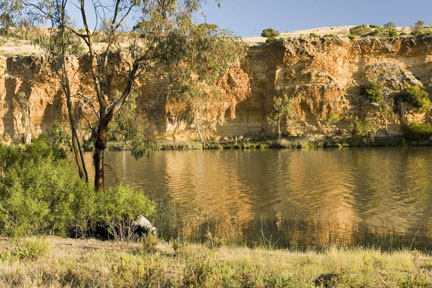There are various types of contamination that can make a property or site unsafe. These can be the result of a natural disaster, such as by a flood introducing contaminated water to a site, or can be caused by things that have been introduced by people, such as asbestos. Other types of contaminant that can make an area unsafe to work at, visit or live in can include mold, sewage, chemical run off, and other biohazards.
What Kind Of Risks Does An Environmentally Contaminated Area Present?
If a building of any sort becomes contaminated with any kind of chemically or biologically unsafe materials, there can be a huge risk to public safety. While some things like mold will only pose serious problems to people who are allergic to them, they can cause breathing problems and eye irritations in most people. Other environmental contaminants can create a more serious threat. Asbestos has been shown to cause lung cancer, as tiny fragments of the material are inhaled and lodge in the lungs. Flood waters can contain agricultural or industrial run off, which can include pesticides and corrosive or otherwise toxic chemicals. Sewage can introduce all kinds of dangerous bacteria, such as E Coli. In short, is very dangerous for anyone who isn’t properly trained and protected to enter an environmentally contaminated area.
How Can Areas That Have Been Contaminated Be Made Safe Again?
The fact that there is running water when we open a tap, that there is light when we flick a switch, that there is Wi-Fi when we sit in a coffee shop or even the fact that we have a wide selection of coffees from all over the world in that shop goes unnoticed. Sometimes we get so used to it that we start feeling entitled to these things.
To ensure that an area is once again safe for the public, or, in the case of a building site, for work to recommence, a full assessment of the nature and extent of the contamination has to be performed by a qualified environmental contractor. Once the assessment has been done, recommendations for removing the problem are made, and the contractor then performs or oversees the necessary work. When work is complete, checks are made to ensure the hazards have been completely removed and no new problems have been introduced. Providing these checks return no issues, the site can be verified as safe and reopened.
Can Contamination Be Prevented?
Another role environmental contractors can play is advising their clients, for example construction companies, about how best to prevent environmental contamination from occurring. While in the case of natural disasters there is sometimes nothing that can be done to foresee or prevent a lot of problems, a specialist in environmental safety can advise on how to best prevent issues with mold, and other more avoidable health hazards. They can also advise developers on approaches that will have the least negative impact on the environment around a site, which can also be beneficial to public health.
Contractors specializing in environmental safety therefore provide an invaluable service in ensuring public safety standards are upheld, and hazardous situations are remedied effectively. If you are therefore concerned about a site you are working on and its environmental impact, or suspect an area has been contaminated, these are the first people you should call.





